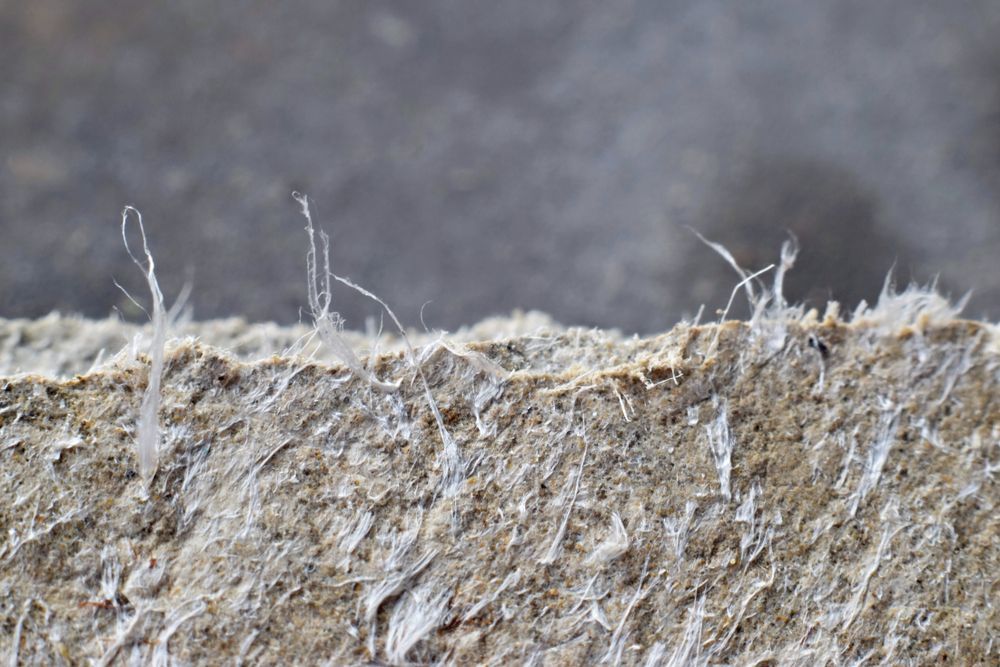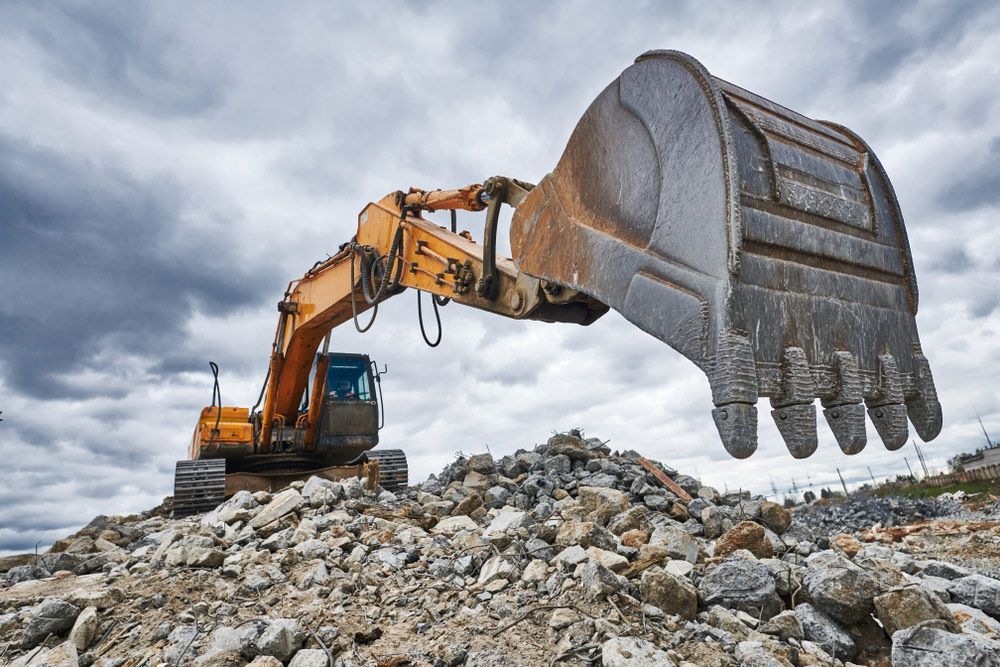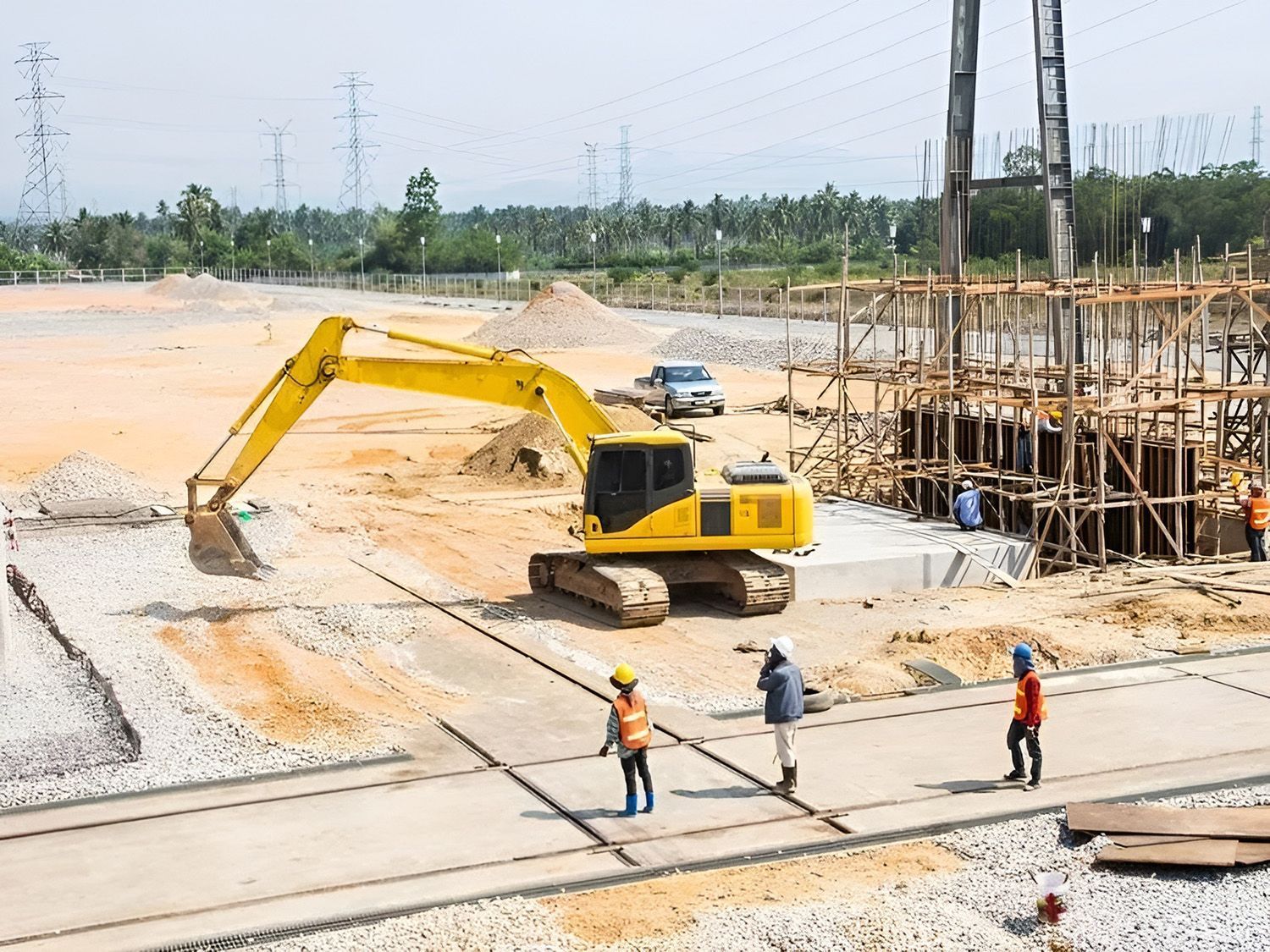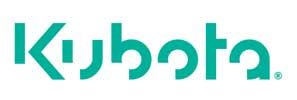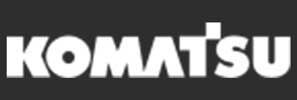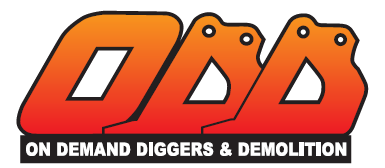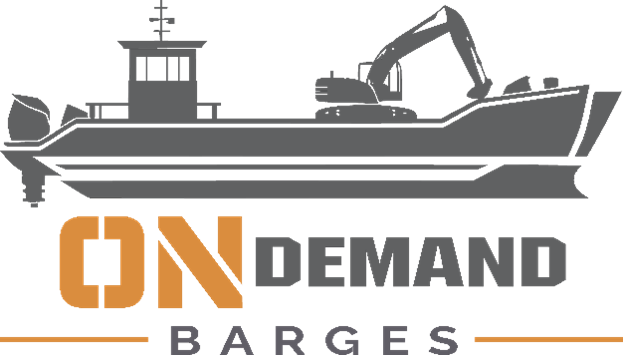Asbestos Removal Gold Coast: Process, Compliance & What To Expect
On Demand Diggers & Demolitions • November 6, 2025
For homeowners living in older homes, the word “asbestos” tends to raise immediate concern — and rightly so. While asbestos was once a common material used in construction across Australia, it is now known to pose serious health risks. If you suspect asbestos is present in your property, understanding the removal process, your legal responsibilities, and how to choose the right contractor is key to managing the risk safely and responsibly.
This blog will explain how asbestos removal works on the Gold Coast, the compliance requirements involved, what documents to expect, and how to find a trustworthy licensed professional.
Understanding Asbestos & Its Risks
Asbestos is a naturally occurring mineral that was once valued for its fire resistance and insulation properties. Unfortunately, when disturbed, it releases microscopic fibres into the air that can cause long-term health issues when inhaled, including lung disease and mesothelioma.
It’s crucial to understand the difference between the two types of asbestos:
- Friable asbestos: Easily crumbled or reduced to powder by hand, it poses a higher risk of airborne fibre release.
- Non-friable (bonded) asbestos: Encased in cement or other materials, it is generally safer unless damaged or deteriorating.
Homes built or renovated before the early 1990s are most at risk of containing asbestos, commonly found in roofing, walls, ceilings, flooring, and fencing.
Asbestos Testing: The First Essential Step
Before any removal takes place, asbestos testing is vital. It’s not enough to guess based on appearance—laboratory analysis is the only reliable method to determine whether a material contains asbestos.
A licensed asbestos assessor or competent person can inspect and collect samples for testing. The outcome will determine your next course of action.
Your asbestos testing report should include:
- Identification of materials tested and their locations
- Classification as friable or non-friable
- Condition and quantity of the asbestos
- Recommendations for management, encapsulation, or removal
Legal Requirements & Compliance on the Gold Coast
Queensland regulations set clear legal obligations for asbestos removal to protect homeowners, workers, and the community. These rules vary depending on the type and quantity of asbestos involved.
Key legal considerations include:
- Licensing requirements:
- A Class A licence is required for friable asbestos removal.
- A Class B licence covers non-friable asbestos exceeding 10 square metres.
- Homeowner certificate: If you plan to remove more than 10 m² of non-friable asbestos yourself, you must complete government-approved training.
- Workplace notifications: Licensed removalists must notify the relevant authority before starting work.
- Removal Control Plans: A detailed plan must outline safety procedures, containment strategies, PPE, and waste management for licensed work.
- Site safety: The removal area must be clearly marked, barricaded, and restricted to authorised personnel.
What to Expect During the Asbestos Removal Process
When removal is carried out by a licensed contractor, there is a standard procedure designed to protect everyone involved and minimise the release of fibres.
Here’s what typically happens:
- Site preparation:
- Signs and barriers are erected to limit access.
- HVAC systems may be sealed off to prevent contamination.
- Surfaces are prepared with wetting agents to suppress dust.
- Material removal:
- Asbestos is carefully removed using hand tools and controlled methods.
- Materials are double-bagged or sealed in plastic and clearly labelled.
- Friable asbestos requires negative pressure enclosures and specialised safety measures.
- Decontamination:
- Equipment is thoroughly cleaned or disposed of.
- Workers pass through decontamination units if required.
- The area is cleaned using HEPA vacuums and wet-wiping techniques.
- Waste disposal:
- All asbestos waste must be transported to a licensed disposal facility.
- Proper documentation is required to track removal and disposal.
Asbestos Clearance Certificates: What You Need Post-Removal
Once the asbestos has been removed, you must receive a clearance inspection before re-entry is permitted. This is to verify that no visible asbestos remains and, in some cases, that air monitoring results show safe levels.
Your clearance certificate should confirm:
- The area has been cleaned and is free of asbestos contamination
- Airborne fibre levels (if tested) are within acceptable limits
- The site is safe for re-occupation or renovation
An independent licensed asbestos assessor must issue a clearance certificate for friable asbestos or a competent person for non-friable removal. This document is essential for your records and may be required during property sales or future renovations.
Documents You Should Receive
From start to finish, several documents form part of a compliant and safe asbestos removal process.
Make sure you are provided with:
- A written asbestos inspection and testing report
- A detailed quote or contract outlining the scope of work
- The contractor’s licence details (Class A or B)
- An asbestos removal control plan (for licensed works)
- Waste transport and disposal documentation
- The final clearance certificate post-removal
- Air monitoring results, where applicable
Choosing a Licensed Asbestos Contractor
The success and safety of asbestos removal hinge on the capabilities of the contractor you hire. Choosing a properly licensed and experienced professional is critical.
When assessing contractors, look for:
- Correct licensing for the asbestos type being removed
- Relevant local experience with homes similar to yours
- Transparent quoting with no hidden costs
- Clear explanation of removal steps and safety protocols
- Insurance coverage for liability and worker safety
- Provision of all compliance documentation post-removal
Avoid providers that are vague about their process or unwilling to show proof of licensing. The right contractor will guide you through the steps clearly and professionally, offering peace of mind throughout the project.
Why Proper Asbestos Removal Matters
Cutting corners with asbestos removal can have lasting consequences. Not only are there health risks for you and your family, but there are also strict legal and environmental responsibilities associated with disturbing asbestos.
Proper removal:
- Protects your household from exposure
- Ensures compliance with Queensland regulations
- Reduces liability if you sell or renovate
- Supports safe renovation or demolition
Even small renovations can accidentally disturb asbestos-containing materials. Testing, safe removal, and documentation are important before any work begins.
Need Asbestos Removal on the Gold Coast?
At On Demand Diggers & Demolitions, we provide licensed asbestos removal, testing, and clearance inspections throughout the Gold Coast. Our team ensures your home is safe, compliant, and asbestos-free, whether you’re renovating, demolishing, or dealing with damaged materials.
Contact us via our contact page to request a quote or book a site inspection. We’ll guide you through the process and help protect your property, family, and future projects from asbestos-related risks.
